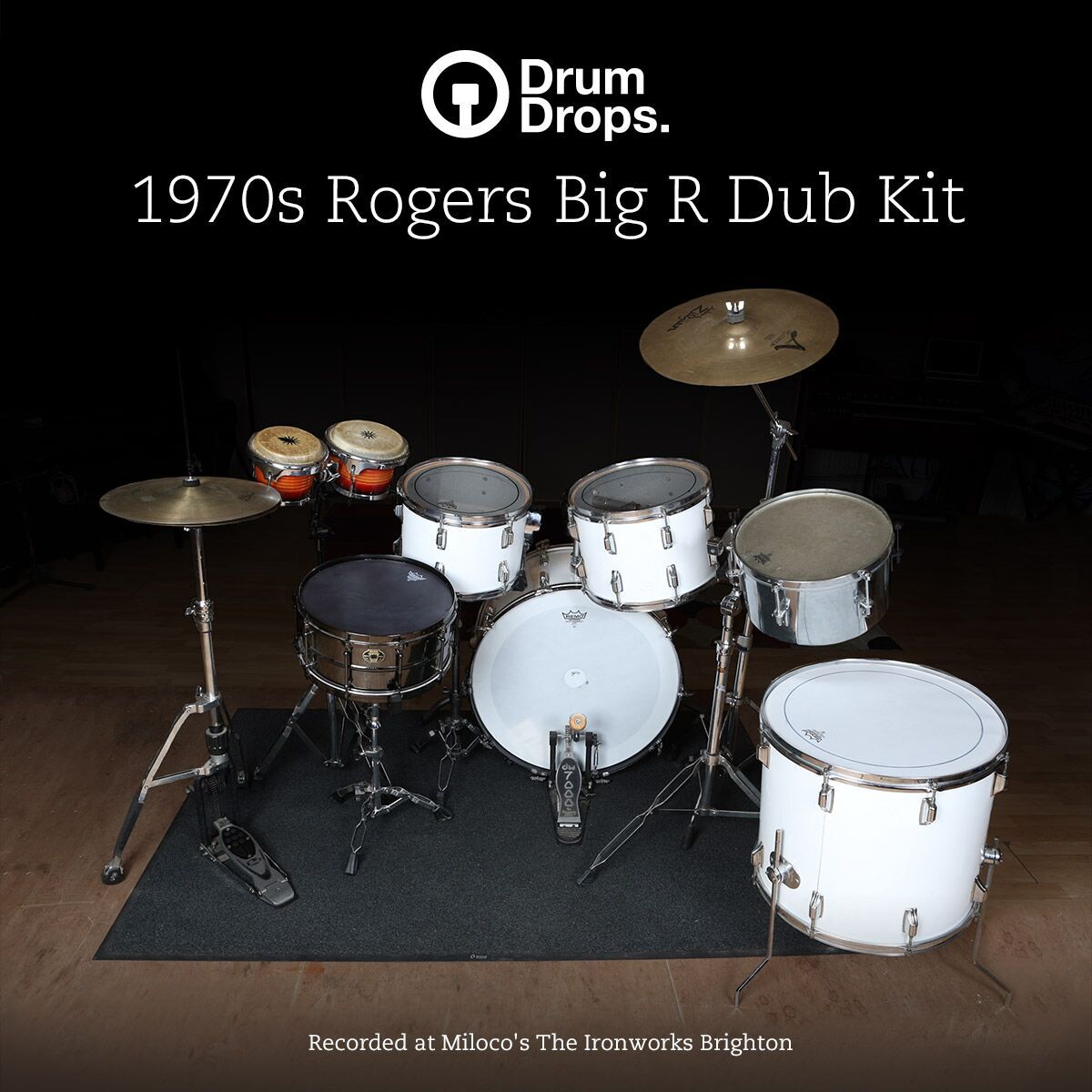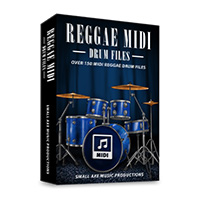
Since its formation, it has been a project in constant evolution. The charismatic Brazilian singer Alessandro Venturelli, better known as “Dasplanta”, backed by a forceful base of Drum & Bass (Joan Reggae Drummer & Ireneu Grosset), keyboards (Roger Santaeugènia), guitar (Arturo Landaeta), together with a very powerful horn section (Tomy Muñoz, Pablo Martín and Pep Garau) and all this, passed through the Dubwiser filter, give their concerts a very special and unmistakable sound.

With a great independent spirit and far from the mainstream scene, we could say that Dub Explosion has become a unique band today. Their live performances are a true high voltage Dub explosion. Originally from Catalonia, Spain, Brazil and Venezuela, Dub Explosion works Reggae music in its most classic style, creating a Dub atmosphere in their songs, loaded with strong positive and socially conscious messages and at the same time, transporting you to another dimension, both at sound as visual. Not only is this a gorgeous kit in terms of the raw recordings, but it also features a tasty spring reverb channel - a ubiquitous drums bus auxiliary in classic reggae.This project highlights the presence of Roberto Sánchez aka Lone Arkas Dubwiser, who is in charge of piloting the ship, launching the Dub effects live from the stage itself, an unusual event, due to the technical complexity that this entails. In this tutorial, we’ll show you how to program the one drop, as well as two variations on it.Īs ever, getting the right drum sound is a must if you want to represent the genre faithfully, and rather than work up an old-school reggae kit from scratch, we’ve gone straight for Toontrack’s excellent Reggae EZX, running in EZdrummer 2. The rhythm itself is beautifully simple in its structure: the kick drum that should arrive on the first beat of a half-time groove is ‘dropped’, moving to the third beat instead, where it sits under the snare or sidestick, bringing a lazy, ‘false offbeat’ emphasis to the track. You can check out a thoroughly representative example of it in the Wailers’ helpfully named track One Drop, from the 1979 album Survival.

Although not the only rhythm used in reggae, the one drop is probably the one most people hear in their heads when they think of the genre.


 0 kommentar(er)
0 kommentar(er)
